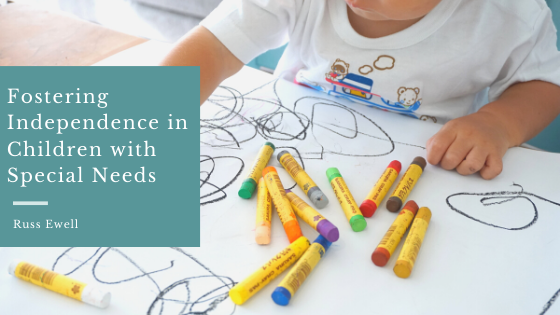Parents of special needs children understand the unique challenges. It’s natural to want to provide your children with the best support and protection, however at times, parents can become overprotective. In order for a child to build confidence and gain independence, they must be made aware of how much they can actually do all on their own. Of course, parents don’t want their children to be held back in any way, so fostering independence is vital, particularly in families with special needs.
Here are a few tips for promoting independence in special needs children.
Collaborate with teachers and therapists.
Everyone knows that it takes a village to raise a child. In the case of special needs children, it is imperative that parents work together with teachers and therapists to create and share approaches. These professionals help children to develop skills that help them become more independent so communication is key. Share the strategies that work and the ones that don’t. When parents and teachers work together well children can build the necessary confidence to become more independent.
Set goals
If your child is old enough to communicate what they’re thinking then find out what they’re most interested in learning and achieving. Is there a specific goal that they want to work towards? If your child is non-verbal then use their body language and responses to understand the type of progress that can be made. Children benefit greatly from the feeling of working towards something meaningful. Not only will it provide motivation, but it also creates an incentive as they’re doing something important for themselves.
Use the appropriate assistive devices.
Depending on the child and their personal needs there may be a number of assistive devices that can help to foster independence. Things such as special utensils, switches, buttons, or communication devices can help children with special needs to complete tasks independently. Speak with a professional to find out if there are any technologies that can benefit the development of your child.
Provide choices.
Giving your child choices can help them to gain more independence and control in their life. You can provide choices that apply to situations, such as what snack to eat or which pajamas to wear. Let them choose what color shirt they’d like to wear or the order of tasks in a routine, such as a bedtime. It may be a good idea to begin slowly by offering just two options. For instance, ask if they’d like to wear a red or a blue shirt or whether they want an apple or an orange with lunch.

